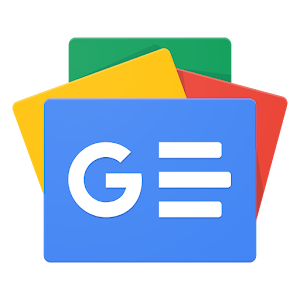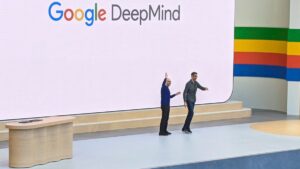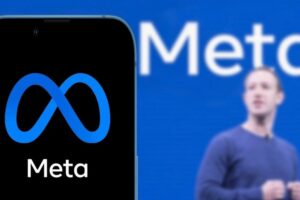If Musk advocates for global AI, why not make all Grok models open source?

Elon Musk’s xAI Unveils Grok 3: A Deep Dive into its Features and Controversies
Introduction to Grok 3
Elon Musk’s startup, xAI, which also owns the social media platform X (formerly known as Twitter), has recently launched its latest AI model, Grok 3. This new model aims to compete with the offerings from OpenAI, particularly in tasks requiring advanced reasoning and decision-making. The introduction of Grok 3 is a significant milestone, as it builds upon the earlier versions, Grok 1, 1.5, and 2.
Musk’s Struggle with OpenAI
Musk has been vocal about his concerns regarding OpenAI. Just last week, he made headlines by making a hostile bid for OpenAI, Inc., emphasizing that he believes it should return to its roots of being a safety-focused, open-source project. Musk’s criticism of OpenAI’s current direction, led by CEO Sam Altman—who co-founded the company with Musk—has included serious allegations. He has claimed that they have strayed from their original mission of keeping AI development transparent and beneficial for society.
Open-Source AI: What Does It Really Mean?
While Musk has highlighted the importance of transparency in AI, questions have arisen about xAI’s commitment to open-source practices. Currently, xAI has only released Grok 1 as an open-source model, which is accessible through GitHub and Hugging Face. The subsequent versions, Grok 1.5, 2, and now Grok 3, have not been made open-source, raising eyebrows among researchers and programmers.
The debate surrounding "open-source AI models" stems from the traditional definition of open source, which involves sharing a program’s source code. However, in the AI landscape, it has become common practice to release only model parameters or weights, rather than the actual source code. This has sparked discussions about the definition and boundaries of what constitutes an open-source model.
The Timeline of Grok Releases
- Grok 1: Released in November 2023 and made open-source in March 2024.
- Grok 1.5: Launched shortly after Grok 1’s open-source release.
- Grok 2: Followed in August 2024.
- Grok 3: Recently announced, with no indication of it being open-source.
The lack of open-source versions for Grok 1.5 and Grok 2 has prompted questions about whether xAI is prioritizing proprietary technologies over community needs.
The Balance of Open Source and Profit
Companies in the AI sector face a dilemma between contributing to open-source communities and protecting their proprietary technologies. While Musk emphasizes the need for transparency, his reluctance to fully open-source all xAI models suggests that competitive pressures may influence these decisions.
Moreover, xAI recently secured $6 billion in funding, valuing the company at $45 billion, showing a strong interest from investors in its private AI developments.
The Future of AI Models
With the rapid expansion of interest in AI models, there’s a significant question regarding the future trajectory of such technologies. The emergence of models like China’s DeepSeek suggests that more AI innovations may shift toward an open-source framework. Historically, open-source initiatives like Linux have transformed numerous tech sectors, and the AI field could follow a similar path, potentially reshaping the landscape of large language models.
Musk’s actions and statements suggest he is positioning xAI as a player aligned with the principles of transparency and public welfare. However, the disparity between rhetoric and practice, especially regarding the commitment to open-source AI, continues to fuel the ongoing debate over the ethical development of artificial intelligence.






